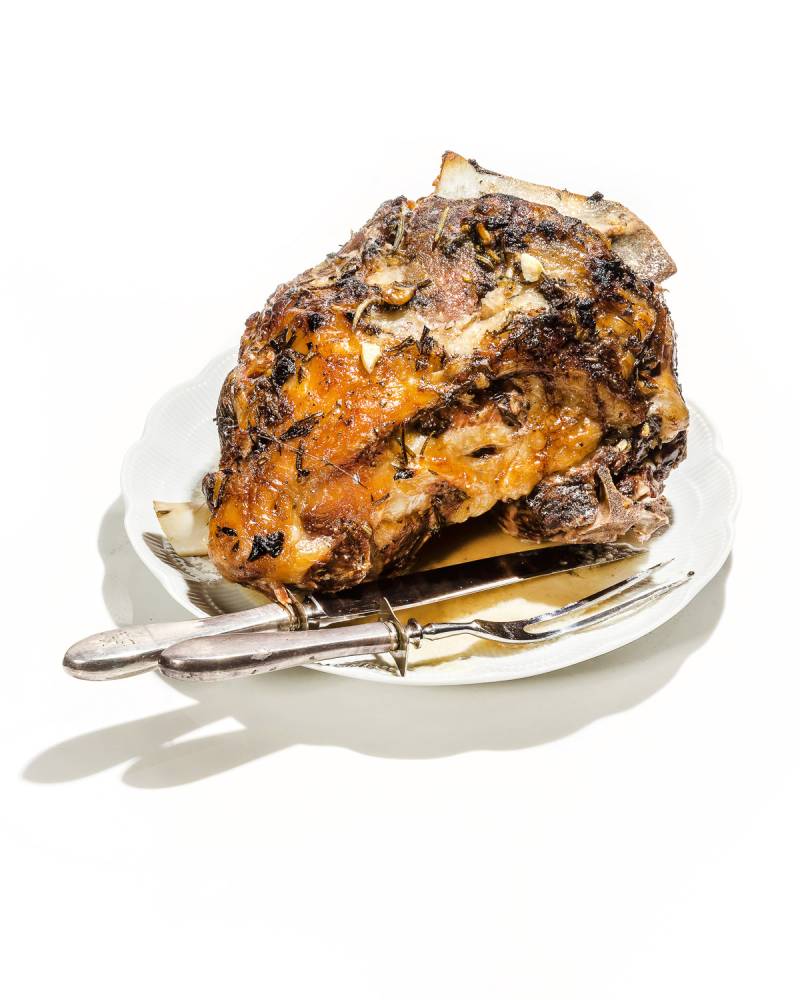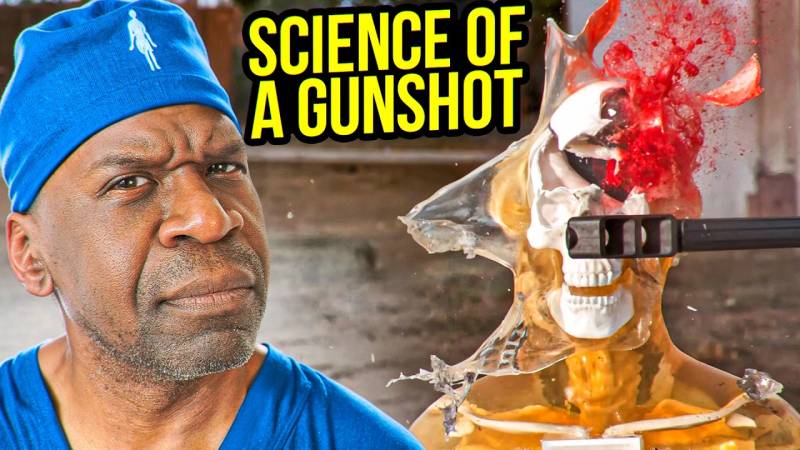What’s known as nanobodies from the blood of camels are at the heart of a medical revolution. Due to their special properties, these nanobodies can be used in a variety of ways, whether in the fight against infectious diseases, in cancer therapy or in the diagnosis of Alzheimer's disease. Small antibodies with a big impact: camel blood contains immunological superpowers. It all began in the 1990s with a chance discovery at the Free University of Brussels: students used dromedary blood in an experiment and came across previously unknown antibodies. The university scientists discovered that these antibodies are present in all camel species. And, they have amazing properties. Small fragments can separate from the base of the antibody -- without causing any damage and while retaining their full binding capacity. This was the discovery of the nanobody: a tiny, extremely robust molecule which, due to its small size, can also penetrate areas too small to be targeted by complete antibodies. The nanobody, however, can attach itself with extremely high precision to pathogenic antigens. This discovery triggered a wave of innovations and shook up the big pharmaceutical companies. In 2018, the first drug based on nanobodies went on the market, designed to combat an autoimmune blood clotting disorder. Numerous potential applications were developed within a very short space of time. Whether in the fight against cancer, in Alzheimer's diagnostics or to kill pathogenic bacteria - the success of camel antibodies has been so resounding that many medical research centers now have their own herds of llamas or alpacas. But why do members of the camel family in particular have such immunological superpowers? With the help of camel experts and microbiologists, the documentary sheds light on the surprising abilities of camels and the medical revolution of nanobodies.

Related article - Phone Tough Cases

DW Documentary



